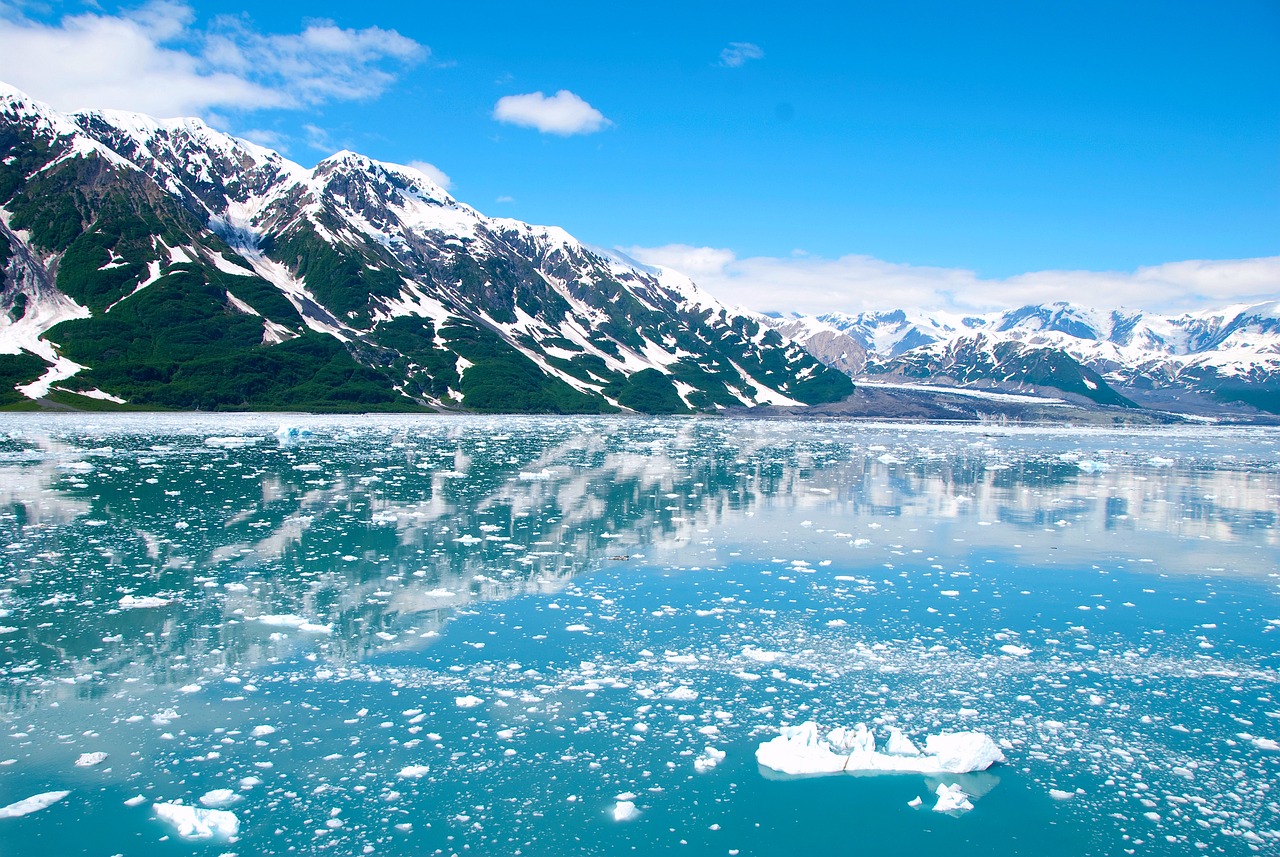- Alaska is the largest state in the U.S. by land area, covering about 663,300 square miles.
- Despite being the largest state, Alaska is the third least populous and the most sparsely populated state in the U.S.
- It’s the only U.S. state that extends into the Eastern Hemisphere.
- Alaska has the longest coastline of any U.S. state, at over 34,000 miles.
- The state is known for its diverse terrain of open spaces, mountains, forests, and wildlife, with abundant national parks and reserves.
- Alaska was purchased from Russia in 1867 for $7.2 million, which is roughly two cents per acre.
- Alaska officially became the 49th state on January 3, 1959.
- The highest peak in North America, Denali (formerly Mount McKinley), is located in Alaska. It stands at 20,310 feet tall.
- The state is home to more than 3 million lakes and over 100,000 glaciers.
- Despite its size, Alaska has fewer roads than any other state in the U.S. Many places in Alaska can only be accessed by plane or boat.
- Alaska is the only state that does not collect state sales tax or levy an individual income tax.
- The Northern Lights, or Aurora Borealis, can be seen in Alaska, offering a spectacular natural light show.
- Alaska’s wildlife includes polar bears, grizzly bears, black bears, moose, caribou, wolves, foxes, and eagles.
- The state has more than 70 potentially active volcanoes.
- Alaska has the lowest population density in the U.S., with 1.3 people per square mile.
- Approximately half of all the residents of Alaska live in the capital city of Anchorage.
- Alaska is known for its significant Indigenous population. The Tlingit, Haida, and Tsimshian peoples are among the largest groups.
- The state is famous for its summer “midnight sun.” In Barrow, the sun doesn’t set for 84 days straight from May to July.
- The Alaska Permanent Fund, established in 1976, pays all the state’s residents an annual “dividend” from oil revenues.
- The Iditarod Trail Sled Dog Race, known as “the last great race,” covers 1,049 miles from Anchorage to Nome each year. It commemorates a 1925 mission to get life-saving serum to Nome during a diphtheria epidemic.
Facebook Comments


































